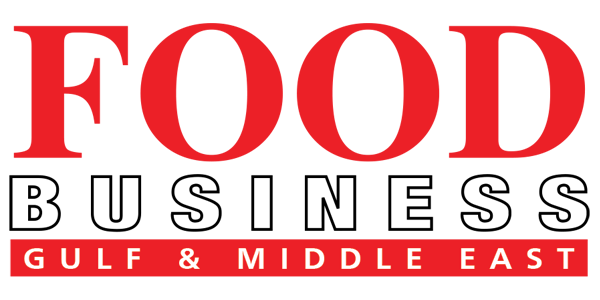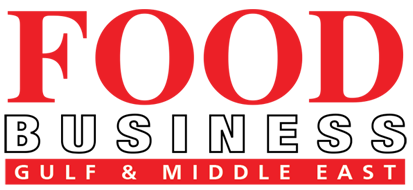Author: AGF Freezers
The global poultry industry plays a vital role in providing a reliable and affordable source of protein for billions of people. Poultry meat is consumed in vast quantities worldwide, and its production and processing are critical elements of the food chain. However, poultry processing is a complex process that involves handling live animals, raw meat, and various biological materials, which can be a source of contamination if not managed properly. Ensuring proper hygiene in poultry processing is paramount to safeguarding public health, maintaining product quality, and ensuring compliance with regulatory standards. Hygiene in poultry processing impacts food safety, thus measures to uphold sanitation throughout the production chain is critical. At AGF Freezers, maintaining high hygienic standards in the design and construction of our freezing and chilling equipment, plays a crucial role in upholding poultry hygiene standards.
Food Safety and Public Health Concerns
One of the most critical aspects of hygiene in poultry processing is food safety. Poultry, like other meats, can be contaminated with pathogens that pose risks to human health. Common pathogens include Salmonella, Campylobacter, and Escherichia coli (E. coli), all of which can cause severe foodborne illnesses. As of October 9, 2024, over 11 million pounds of ready-to-eat (RTE) meat and poultry products have been recalled in the USA due to possible adulteration of Listeria monocytogenes. The risk of contamination can occur at multiple stages of poultry processing, from the slaughter of live birds to the packaging of processed meat. If proper hygiene is not maintained, bacteria, viruses, or other harmful microorganisms can spread, leading to outbreaks of foodborne illnesses.
Economic Impact and Industry Reputation
Maintaining hygiene in poultry processing also has significant economic implications for the poultry industry. Contamination events or outbreaks linked to unsafe poultry products can lead to product recalls, loss of consumer confidence, and damage to a company’s reputation. Recalls are costly and can result in financial losses for producers, processors, and retailers. Moreover, the poultry industry relies heavily on its reputation for providing safe and high-quality products, from Ready-To-Eat (RTE) to various poultry products including raw and prepared. A tarnished reputation can take years to rebuild and may lead to long-term financial losses.
Prevention of Cross-Contamination
Cross-contamination is a major concern in poultry processing. It occurs when harmful microorganisms from one surface, piece of equipment, or product come into contact with another, spreading contamination throughout the processing chain. Proper hygiene practices are essential to preventing cross-contamination in poultry processing facilities. To mitigate the risk of cross-contamination, it is crucial to implement rigorous cleaning and sanitizing protocols at every stage of the production process. This includes maintaining clean and sanitized equipment, using personal protective equipment (PPE) for workers, and ensuring that poultry carcasses are handled in a hygienic manner. Additionally, separating raw poultry from other products and maintaining proper airflow and temperature controls in processing areas can help minimize the spread of harmful bacteria.
Challenges in Maintaining Hygiene
While maintaining hygiene in poultry processing is crucial, there are several challenges that the industry faces. These include the high volume of poultry processed daily, which increases the risk of contamination, the complexity of processing equipment, and the need for constant monitoring and maintenance of hygiene practices. For example, by paying attention to hygienic conditions within spiral freezers to chill/freeze poultry, such as minimal internal surface areas, robust construction and welding, sloped floors for effective drainage, we can see a significant reduction in bacterial growth and harborage points during the freezing/chilling stage.
Conclusion
Hygiene in poultry processing is critical to ensuring the safety, quality, and sustainability of poultry products. It plays a direct role in preventing foodborne illnesses, protecting public health, and ensuring compliance with regulatory standards. Proper hygiene practices, including personal hygiene of workers, hygienic design and construction of processing equipment, cleaning and sanitizing of equipment, temperature control, and the implementation of HACCP plans, are essential for minimizing the risk of contamination. By prioritizing hygiene, the poultry industry can continue to provide safe and nutritious products to consumers while maintaining its economic viability and reputation. The importance of hygiene in poultry processing cannot be overstated, as it forms the foundation of a safe and responsible food production system.
For more information, visit www.agffreezers.com



























